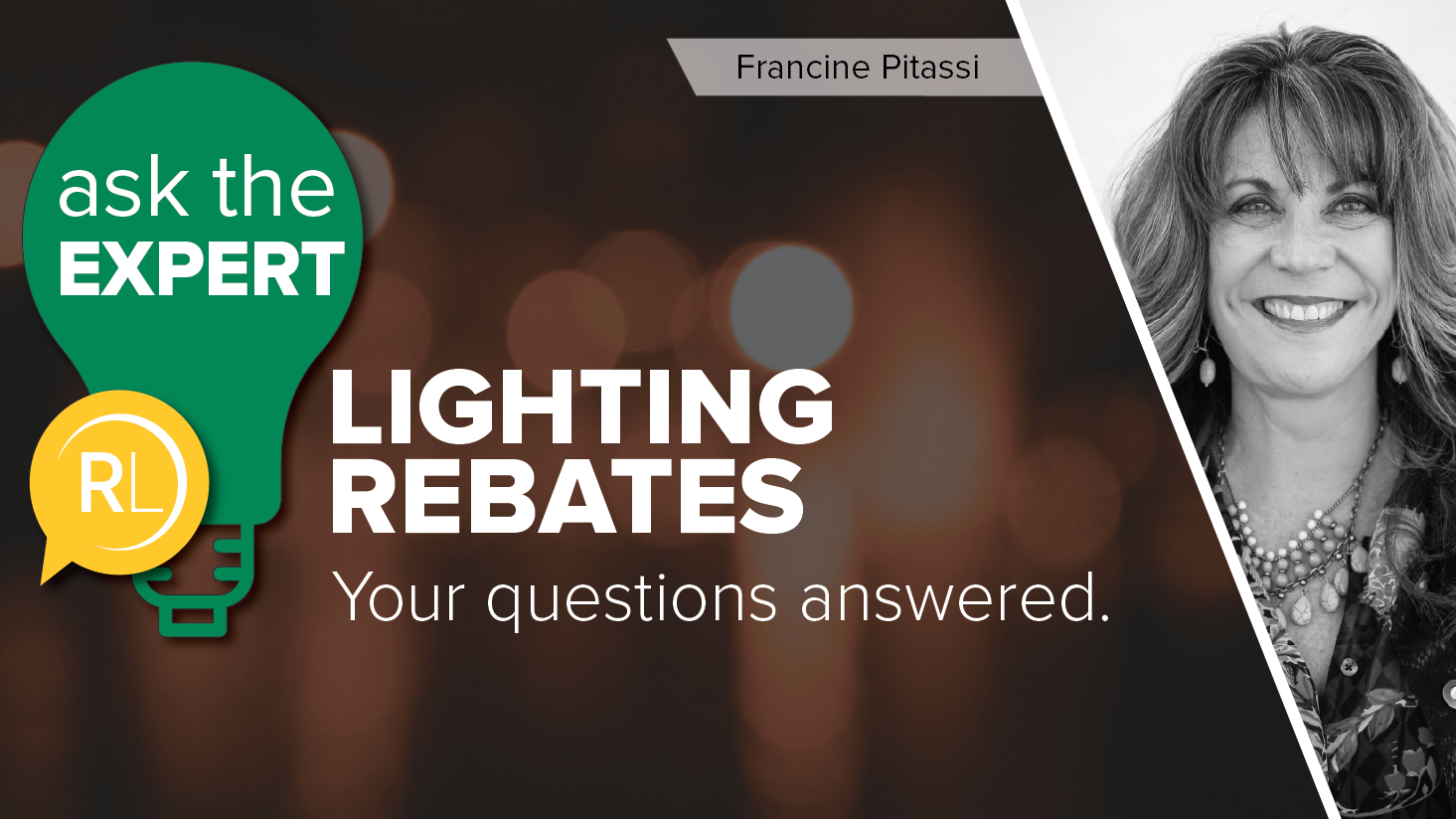The ABCs of lighting rebates: Make the most of your lighting projects
.jpg?width=1465&name=BLOG%20-%20Lighting%20rebates%20(1).jpg) When you start a new lighting project, cost is often one of the first deciding factors. Lighting rebates can often help reduce product prices, but finding the right ones and making sure you follow all of the necessary steps to qualify can be time-consuming.
When you start a new lighting project, cost is often one of the first deciding factors. Lighting rebates can often help reduce product prices, but finding the right ones and making sure you follow all of the necessary steps to qualify can be time-consuming.
We're here to help you get the most of your lighting projects. Follow the ABCs of lighting rebates to make sure you're taking advantage of every opportunity rebates have to offer.
The ABCs of lighting rebates
Applications for lighting rebates can be cumbersome, but remembering these tips can help simplify the process.
Ask your utility company what is available
Local utility companies often offer rebates. Typically, there are three different types of rebates:
1. Point of sale (POS) rebates are set around specific product types. They are issued when products that match up with the rebate are purchased. This is the easiest type of rebate for customers to take advantage of.
2. Prescriptive lighting rebates are paid out based on the parameters correlating to the item sold. With these rebates, you have to wait for a reimbursement check.
3. Custom lighting rebates offer incentives for projects that do not meet requirements under of existing POS or prescriptive rebate programs. There are typically a lot of variables and complexities to sort through to get to those larger incentives.
When you're deciding between the different types of rebates, you have to weigh the ease of claiming a rebate with how much it pays for your application.
Be sure who is submitting the rebate application
Decide beforehand who is submitting the rebate application. The rebate process may take up to five to six months to complete, so you want someone who is going to be able to follow every step.
Make it clear who is handling different pieces. There's typically a lot of correspondence involved with rebate administrators.
Also, make sure the rebate application is correct. Common issues include wrong addresses, products not matching up with rebates, and missed approval steps or deadlines.
Check to see if pre-approval or pre-inspection is required.
Some rebate programs offer pre-approval or pre-inspection. If this is the case, you need to handle that before product is installed or you may no longer be able to claim your rebate.
Determine if the products you plan on installing qualify for the rebate.
Typically, product requirements include DLC, Energy Star, CEE and Lighting Facts, but each rebate is different so read the fine print for product details.
Once you know your product qualifies, make sure the location and usage of the product comply with the rebate specifications. If a lighting product is installed even a couple of feet over from the original plan, it can make a difference with some of the complex rebate programs.
Evaluate the return on investment for your LED upgrade including the rebate amount to get an accurate picture of your payback.
Rebates and incentives reduce some of the up-front project costs of lighting retrofits. BriteSwitch says to expect payback time to improve by 20 to 25% with rebates.
It's important to include energy cost savings with the other savings you can expect from rebates. Use the calculator below to get started with an estimate.
Follow the exact steps and process the rebate program outlines.
Don't jeopardize your chance to qualify for a rebate simply because you don't follow the process.
Lighting rebate programs typically have specific requirements for everything from the products to the paperwork.
Many programs also have a pre-approval process. Before you get started with the project, make sure you've completed the pre-approval process first. When you get the green light, you're ready to go.
Get an expert opinion.
Our team of lighting experts can help you find and qualify for the rebate that's best for you. We've sorted through hundreds of applications, so we know what to look for and what to expect. Contact us to get started on your next lighting project today.
.jpg)









-jpg.jpeg)

